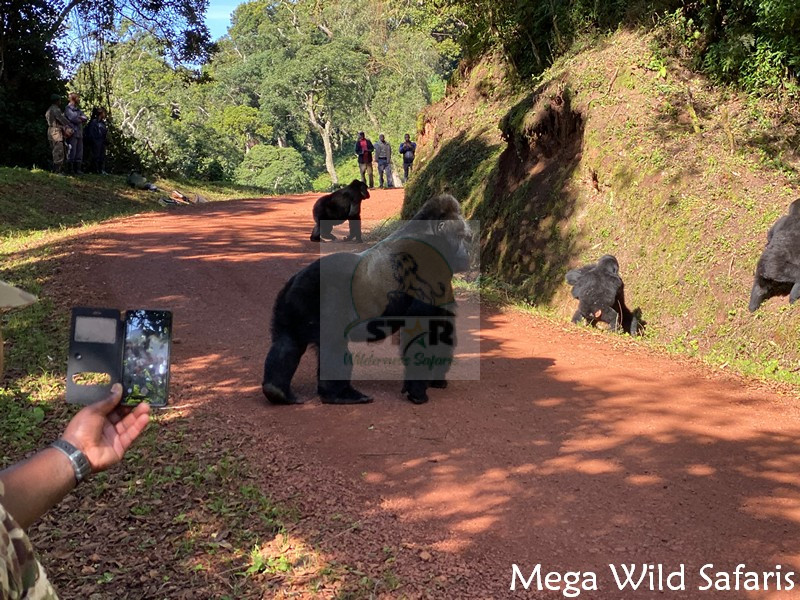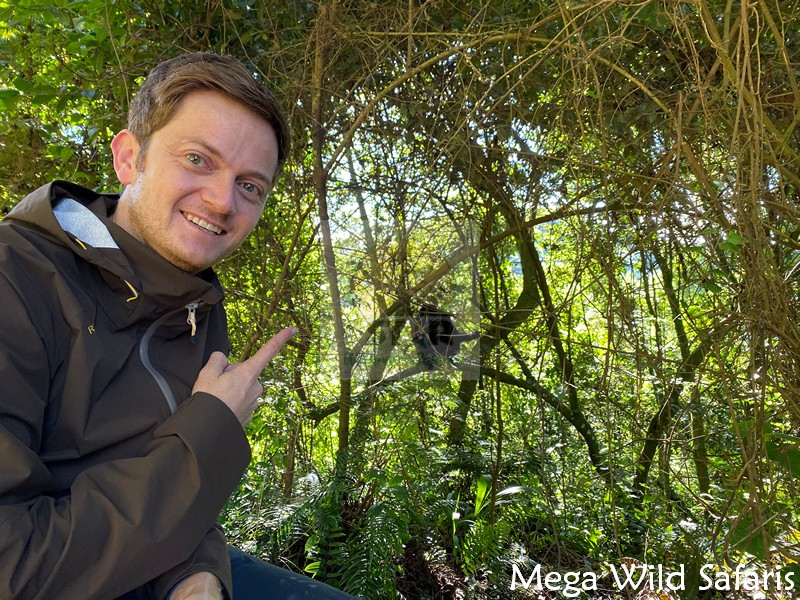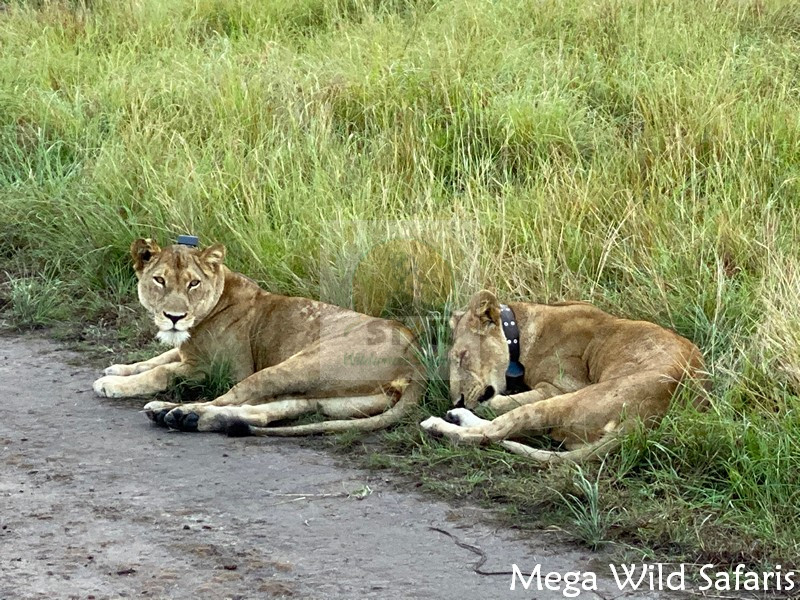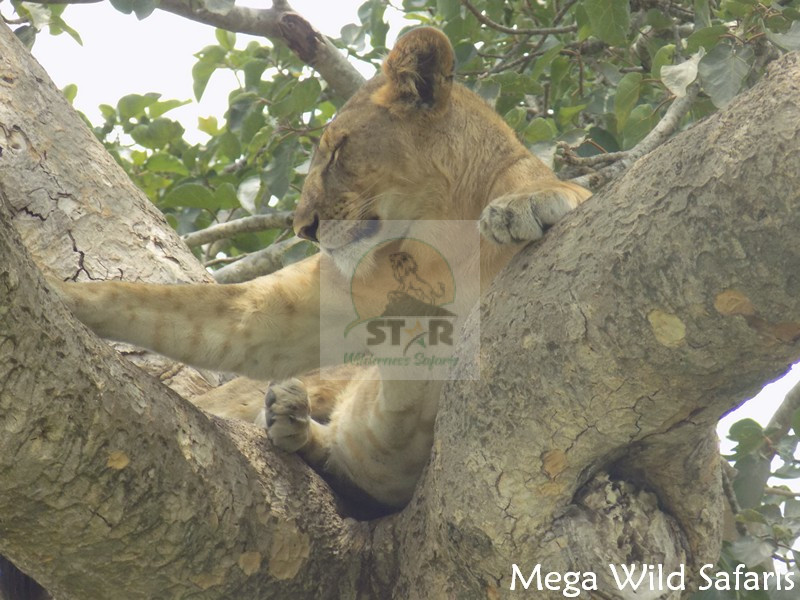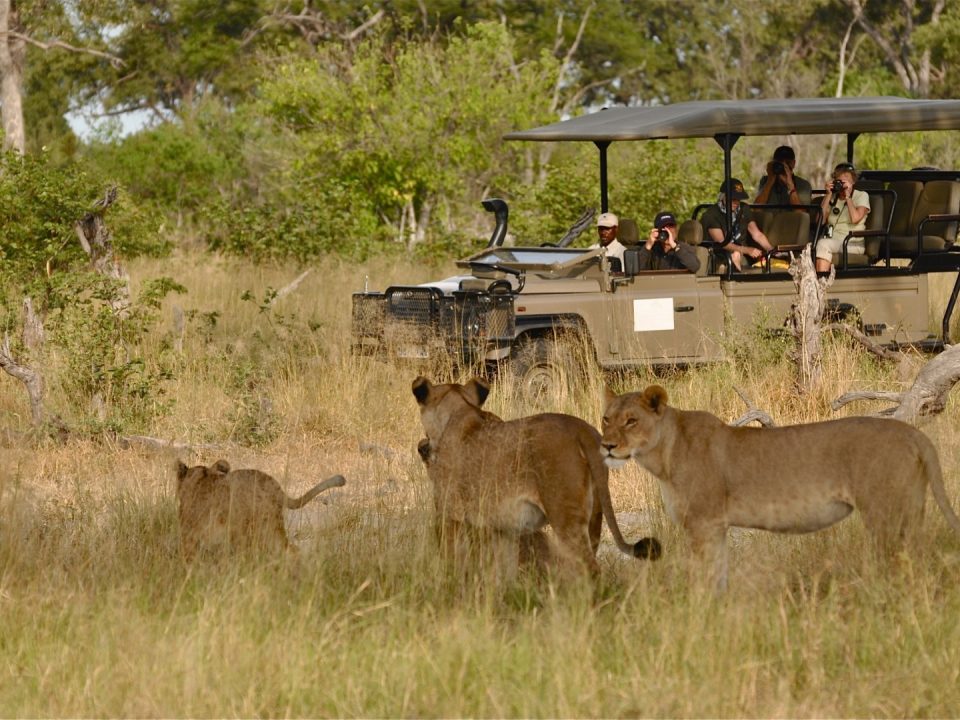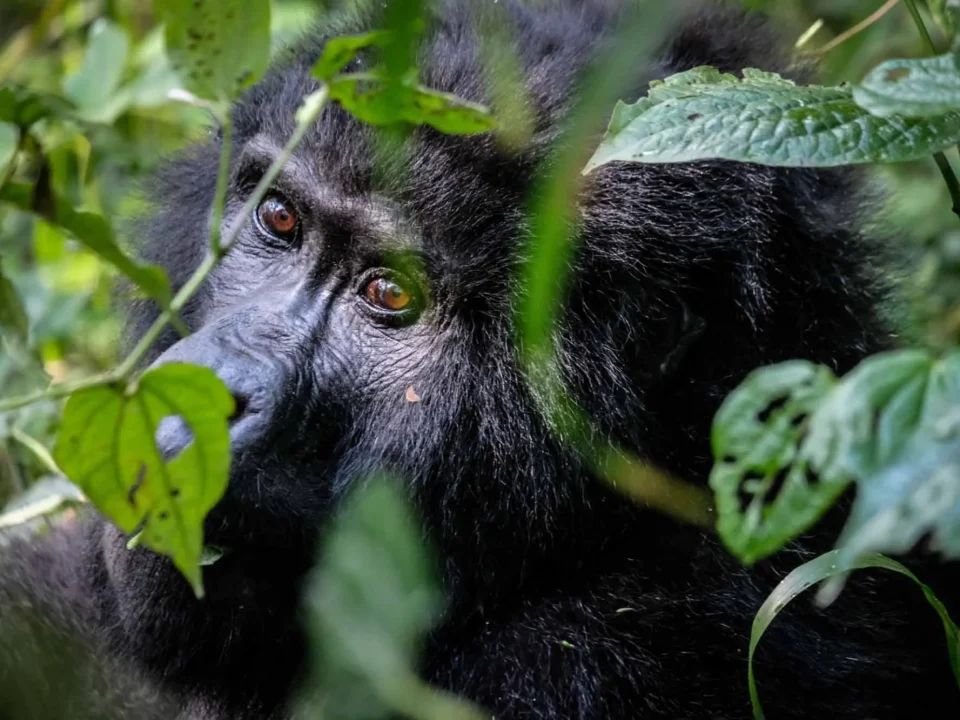
Ruhija Gorilla Safari Lodge
December 16, 2020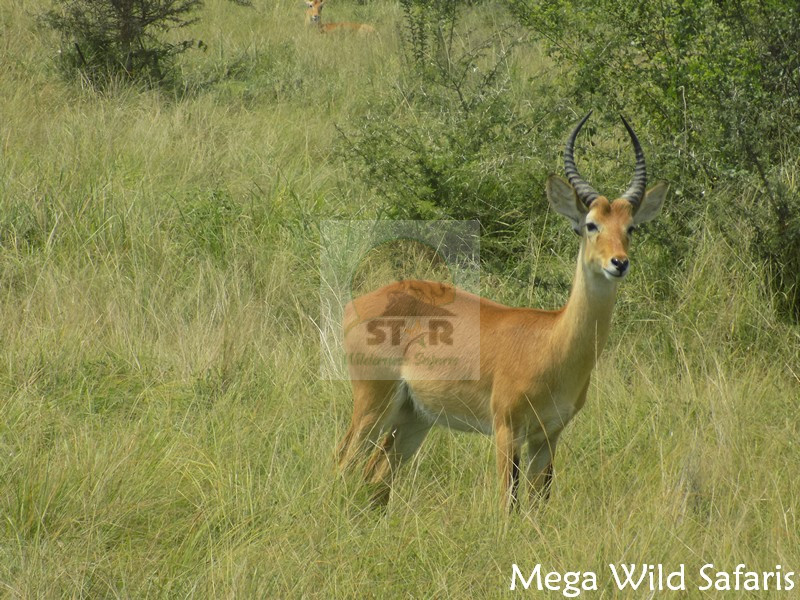
Facts about Impalas in Uganda
December 21, 2020Black Rhinoceros (Hook Lipped)
The black rhinoceros is also known as hook lipped due to the pointed, triangular-shaped mouth. It is one of Africa’s largest mammals. Its skin is dark grey and they are said to look like mud and dust.
Black rhinoceros have shorter heads and no raised hump on the neck with two horns on the face which are attached to the skin mainly for protection, intimidation and digging up roots and breaking branches of trees during feeding.
The front horn happens to be longer than the second horn. Black rhinos appear to have hairless skin and their skins harbors hundreds of parasites. Black lipped rhinoceroses have poor eyesight and they rely mostly on the smell and hearing.
The black rhinoceroses are natives of eastern and southern Africa where the habitats suit them including Angola, Botswana, Kenya, Malawi, Mozambique, Namibia, South Africa, Tanzania, Zambia, and Zimbabwe.
Black rhinoceros’ numbers have continued to decline due to the growing human population. These mighty mammals are killed by humans due to illegal poaching for their horns which they use in the production of traditional medicine and carving into dagger handles for the tribesmen and competing species has caused more death due to serious mortal combats fights.
Black rhinoceros Behaviors
Black rhinoceros is very extremely aggressive animal and this behavior usually changes readily at perceived threats. They are solitary animals and pairs are always seen mainly the mother and the calf and this relationship lasts for 2-4 years.
Larger groups gather around water sources. Bulls and cows may be spotted together but this relationship is no more after mating and also in areas where the food is in abundance.
In the areas of high densities there is always serious fights for dominance in bulls over mating rights and over 50% of black rhinos die in these fatal mortal combat fights. The aggressive nature of rhinos when fighting each other is said to be on the top rank in mammals.
They have been observed turning tree trunks and termite mounds in-case of a threat. In cows, 30% of rhinos also die in these mortal combats.
Despite their enormous size, black Rhinoceroses can run at a speed of 55kmph. Their big sizes have played a big role when it comes to protection because an adult Rhinoceros does not have a natural predator. However, calves may be preyed upon by lions and crocodiles.
Defecation sometimes occurs in the same spot used by different rhinos, such as around feeding stations and watering tracks. Rhinos usually smells in these areas to see who is in the area and add their own marking as a mode of communication.
Due to their solitary nature communication is also done by scent marking which helps Rhinoceroses to identify themselves. Urine spraying, occurs on trees and bushes, around water holes and feeding areas. Female’s urine spray more often when receptive for breeding.
- Black rhinoceros Food / diet
Black Rhinoceroses feed mostly during the cooler day light and night hours spending the hottest part of the day resting, sleeping, and wallowing in mud. Wallowing helps cool down body temperature during the day and protects against parasites.
They are generally browsers but sometimes green grass is taken in small quantities. Their upper pointed lips help in grasping leaves and twigs.
Branches out of their reach are brought down by the help of horns. They feed on leafy plants, branches, shoots, thorny wood bushes, fruit, and thick scrub and often with some woodland, which supports big groups.
They specialize in some tree species which they feed on and they are known to eat up to 220 species of plants and the choice of food is based on quality over quantity. Interestingly, black Rhinoceroses can spend 5 days without water in dry seasons.
Habitats
Black rhinos live in several habitats usually areas with shrubs and trees and these include bush lands, Riverine woodland, marshes, and their least favorable, grasslands to provide both food and shade. The Habitat type is identified basing on the composition of dominant plant types in the area.
- Reproduction
During breeding season, females mark dung piles and spray urine on trees for males to track them and when a bull traces a breeding cow, it will scrape and spread the dung for rival adult males to pick up the breeding cow’s scent.
Mating happens at any time of the season but births tend to be towards the end of the rainy season and a single calf weighing about 25-40kg is dropped after a gestation period of 450 days. Calves are able to walk and suckle within three hours after birth.
- Longevity
Black Rhinoceroses live up to 40 years in the wild and 46 years in captivity.
Africa Wildlife Safari Ideas by Star Wilderness Safaris – Book at a Discount
The 3 Days gorilla trekking safari Bwindi takes you through a thrilling mountain gorilla trekking adventure in Bwindi Impenetrable National Park. This package allows you to explore Bwindi Impenetrable Forest in Southwestern Uganda while on this short gorilla tour. View Details Here
4 days Bwindi gorilla safari & wildlife is one of the best short Uganda safaris. It provides you a great opportunity to enjoy a trek to view mountain gorillas in Bwindi Impenetrable National Park and game viewing in Queen Elizabeth National Park. It is an exceptional tour. View Details Here
Your 5 Days safari in Uganda features a perfect blend of 2 primate adventures and wildlife experience. This package takes you on chimpanzee tracking in Kibale Forest National Park which offers refuge to 13 primate species. Book This Trip
The 6 Days Uganda gorilla tour, chimpanzee trekking and wildlife safari gets you the best of Uganda safari holiday. It is an amazing tour package offering you opportunity to engage in gorilla trekking in Bwindi Impenetrable National Park, chimpanzee tracking in Kibale Forest. Book This Trip
7 Days Uganda safari is one of the best wildlife and primate safari packages you should book. It provides you a great chance to engage in diversity of wildlife activities ranging from chimp tracking, gorilla trekking, game drives, launch cruise and Batwa cultural experience. Book This Trip



